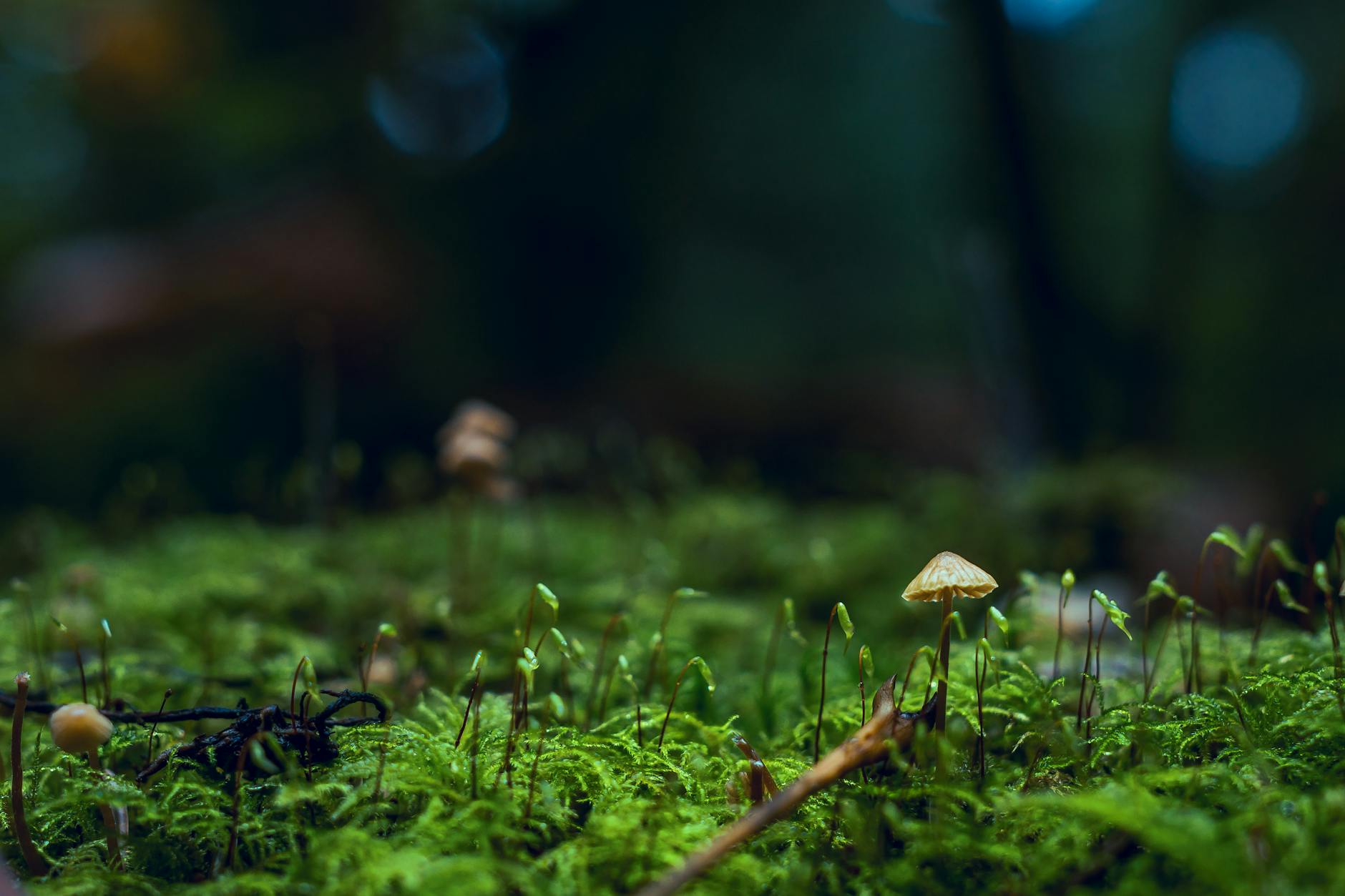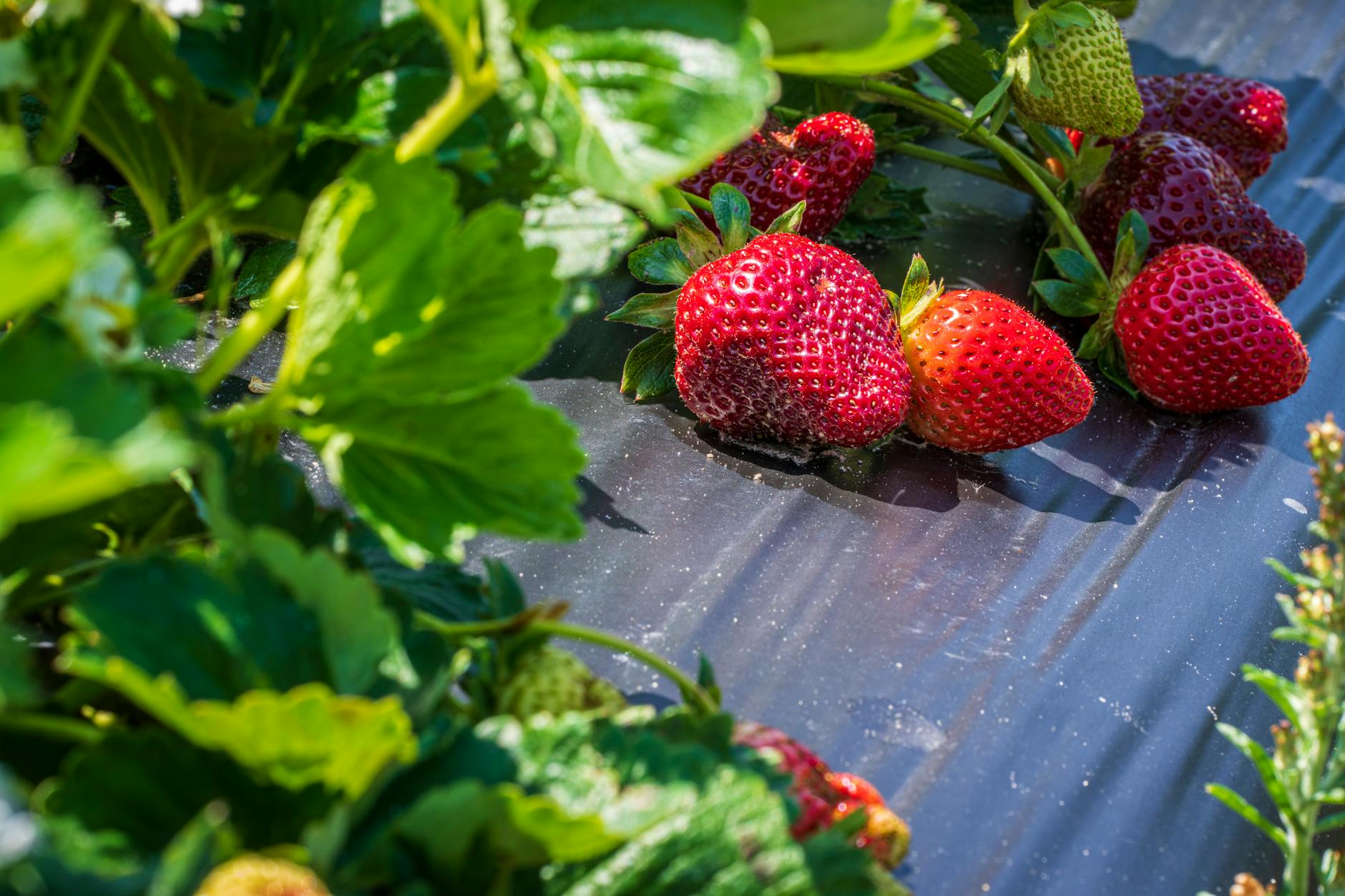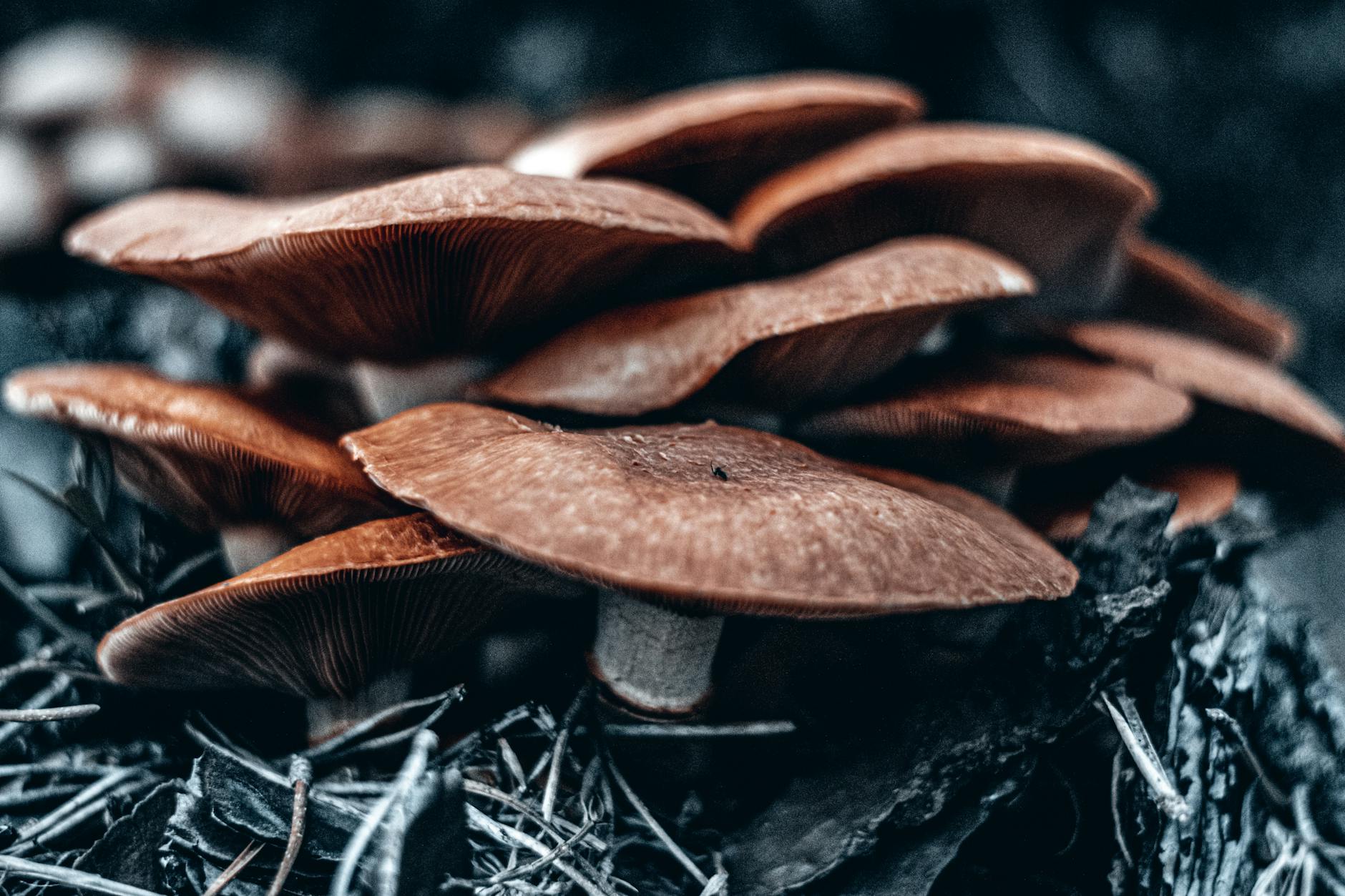Mushroom cultivation has gained popularity among gardening enthusiasts, with many beginners exploring the fascinating world of growing their own fungi. When venturing into mushroom cultivation, it’s essential to understand the difference between mushroom spores and spawn, as they play key roles in the cultivation process. In this guide, we’ll delve into the differences between mushroom spores and spawn to help beginner cultivators make an informed choice when starting their mushroom-growing journey.
Understanding Mushroom Spores
What are Mushroom Spores?
Mushroom spores are tiny, reproductive cells produced by the fruiting body of a mushroom. These spores are equivalent to the seeds of a plant and serve as the means of reproduction for fungi. Mushroom spores are dispersed into the environment and can germinate under suitable conditions to form mycelium, the vegetative part of the fungus.
How Mushroom Spores are Used in Cultivation
In mushroom cultivation, spores are used to inoculate a substrate to start the growth of mycelium. This process involves collecting spores from a mature mushroom and transferring them to a sterile growing medium. However, using spores for cultivation can be challenging for beginners due to the sterile conditions required for successful inoculation. Spores are more susceptible to contamination, making the cultivation process more delicate and less predictable.
Introducing Mushroom Spawn
What is Mushroom Spawn?
Mushroom spawn, on the other hand, refers to a substrate that has been colonized by mycelium. Spawn acts as the “seed” for mushroom cultivation and provides a head start by already containing the mycelium needed for mushroom growth. Spawn can be thought of as the intermediary stage between spores and fully developed mushrooms.
Advantages of Using Mushroom Spawn
For beginner cultivators, using mushroom spawn offers several advantages over starting from spores. Spawn provides a more reliable and faster method of cultivating mushrooms, as the mycelium is already established and ready to grow. Additionally, using spawn reduces the risk of contamination compared to starting from spores, making it a more beginner-friendly option.
Choosing the Best Option for Beginners
While both mushroom spores and spawn have their roles in mushroom cultivation, beginners are generally recommended to start with mushroom spawn. Spawn simplifies the cultivation process and increases the chances of successful mushroom growth for those new to mushroom cultivation. As beginners gain experience and confidence in mushroom cultivation, they may choose to explore the use of spores for a deeper understanding of the mushroom life cycle.
Conclusion
In conclusion, when deciding between mushroom spores and spawn for cultivation, beginners should consider the ease of use and success rate associated with each option. While spores are essential for the reproduction of mushrooms in nature, using spawn provides a more straightforward and reliable method for beginners to start growing their own mushrooms. By understanding the differences between mushroom spores and spawn, beginner cultivators can make an informed choice to kickstart their mushroom-growing journey with confidence.


